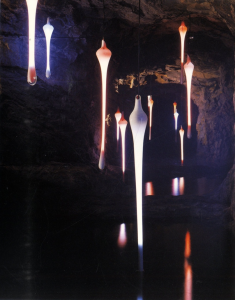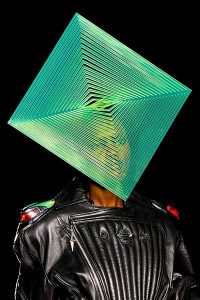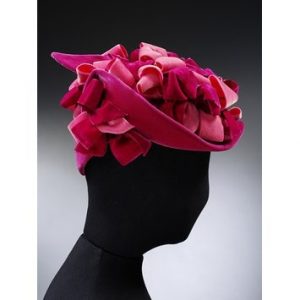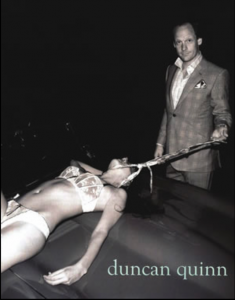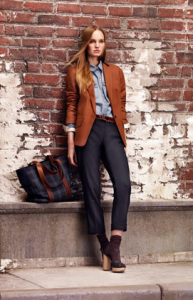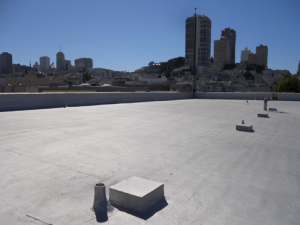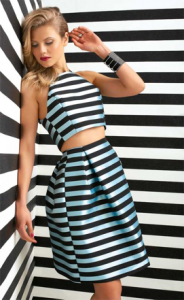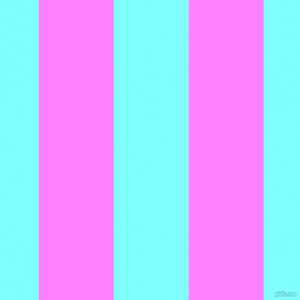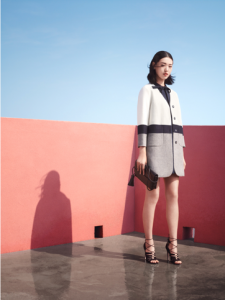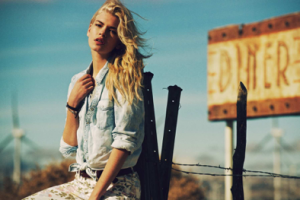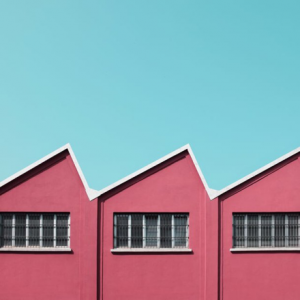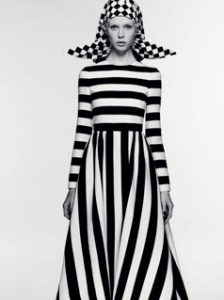I decided to use Sandra Miller’s ‘Taste, Fashion and the French Fashion Magazine’, where she discusses the introduction to fashion as we know today and the concept of tate towards the arts. She talks about how fashion integrated into the world of art and was changed by the French Revolution.
Miller explains that the first alleged fashion magazine by Jean Donneav de Vise in 1672, Le Mercure Galant, was the starting point for introducing fashion into the world of the arts, functioning as ‘the most up-to-date social, cultural and artistic developments’ (Miller). Although this was short lived it sparked a revolution of fashion magazines being the ‘truthful mirrors of their time’ (Miller). Once the new Mercure de France was reinforced it ‘acquired the wider intellectual profile’ (miller) which lead to the products of ‘the Enlightenment’, also known as ‘the Age of Reason’ during the French Revolution. Miller talks and questions the idea of taste a lot; philosophers were interested in how we form an opinion and what is considered ‘good’ taste ‘philosophical aesthetics sought to understand how our experience of beauty transcended personal opinion’ (miller). Are we guided by our own emotional response or is there a set level of taste that one needs to have to judge? Miller states that ‘instead of being a matter of personal preference, becomes intersubjectively valid aesthetic judgement’ (Miller) Later in the essay she discusses how fashion became something for the ‘higher’ classes to indulge in, with the fashion plates representing ‘the latest outfits worn at the French Court and in aristocratic circles’ (Miller). The richest people could get the best clothes, but is does high class automatically mean you have good taste? David Hume states ‘the world, is too obvious not to have fallen under everyone’s observations’ therefore it is ‘natural to seek a standard of taste’ (hume). I believe that taste is subjective, however when one has more knowledge of an area than others they might be considered to have better taste, in today’s society I believe this has nothing to do with status because fashion is so available to people, like Mark Turngate stated ‘You can dress head to toe in Gucci- that proves you’re rich, but it doesn’t prove you have taste’.
I found what Miller discussed about fashion and art being equal was very interesting. Le Brun Tossa, who wrote in the, Le Magazine des Modes nouvelles francaises et anglaises, discussed that if fashion and taste were connected then fashion could be regarded as an art form. This was unheard of before, whereas fashion was considered something an artist could admire but ‘does not equate fashion with art’. I believe that fashion is art; artists express themselves though their desired medium just as designers do through clothes. Even then the occupants of the garments are expressing themselves though the way they dress.
In conclusion, the introduction of fashion magazines set off a revolution of its own and now today fashion is one of the largest, richest and most influential industries on the planet.
- Barlett, Cole & Rocamora (e.d). (2013), ‘Fashion Media: Past and Present’, London: Bloomsbury
- Hume, D. (1965), Of the Standard of Taste and Other Essays, New York: Bobbs-Merrill
- Turngate, M. (2005), ‘Fashion Brands’, London and USA: Kogan Page Limited

